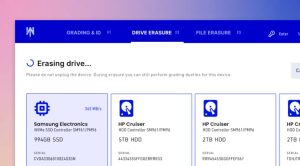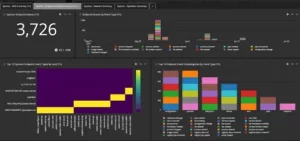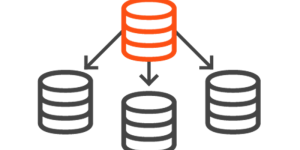This post is also available in:
 Vietnamese
Vietnamese
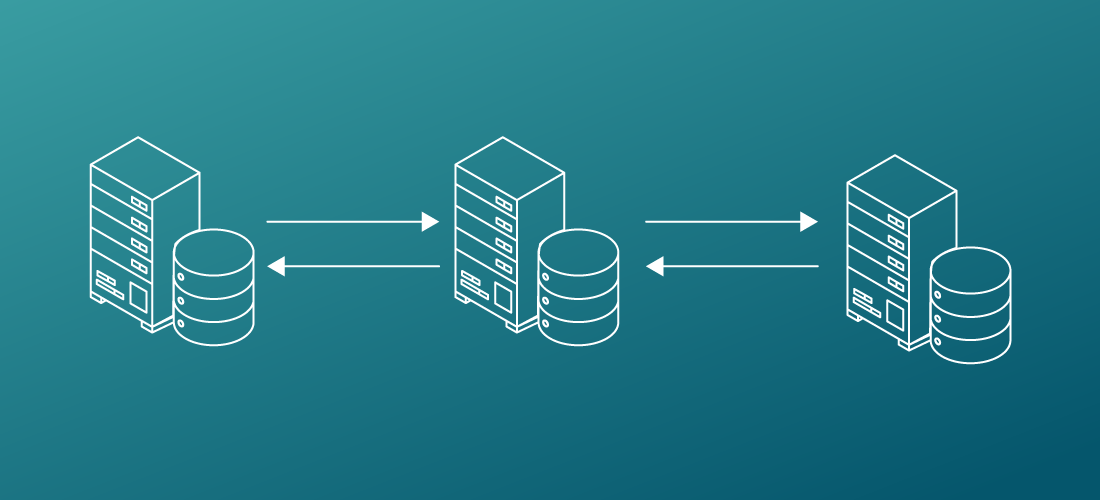
Data replication has transitioned from a “nice to have” feature to a mainstream necessity for purposes such as High Availability (HA) and Disaster Recovery (DR). Companies are also recognizing the need to replicate or transfer data for various other reasons, including performance optimization and converting transactional data into actionable events.
What is Data Replication?
Data replication is the process of updating copies of your data in multiple locations. The primary goal of replication is to ensure data availability for users making decisions and for customers performing transactions.
How Does Data Replication Work?
Data replication synchronizes source and target data, ensuring changes to the source data are mirrored in the target data. Depending on the strategy, the target database can be a full replica of the source (full-database replication) or a subset of it (partial replication). Full replicas are ideal for HA and DR, while subsets are useful for analysis, reporting, or event tracking, reducing the workload on the source database by replicating data based on region, business function, or event.
Data replication can be performed in several ways:
- Snapshot Replication: This involves taking a snapshot or copy of the data at a specific point in time, typically used for backups. Snapshots, however, only capture data at that moment, and any changes to the source data will not be reflected until the next snapshot. This method can be time-consuming as it often involves the entire database.
- Merge Replication: This method records changes made to the source and applies them in batches to the target, which can cause performance issues due to the multiple processing steps.
- Transactional Replication: The most common form today, transactional replication captures and applies changes or transactions from the source to the target in near real-time. This method overcomes the latency issues associated with snapshot or merge replication.
Benefits of Data Replication
Data replication offers numerous advantages:
- High Availability and Disaster Recovery: Replicating data ensures there is no single point of failure. By maintaining data at multiple sites, businesses can redirect traffic to an alternate site in case of a system breach or disaster, ensuring business continuity.
- Performance Improvement: Geo-diverse database replicas reduce network latency, improving local access performance for users in different regions or time zones.
- Real-Time Analytics: Maintaining replicas for analysts allows real-time queries on current transactions without burdening the production database, thus enabling more informed and timely decision-making.
- Data Integration Projects: Replicating data from multiple sources to a central target keeps production data available while integration tools aggregate and analyze the data, supporting efficient operations and analysis.
Examples of Data Replication
- Disaster Recovery: IT administrators use data replication to protect against data loss and ensure business continuity during system failures or disasters. Replicated data at multiple sites allows for quick recovery and minimal downtime.
- Global Access: In a global business environment, data replication ensures that data is accessible to users and customers regardless of their location, enhancing performance and user experience.
- Operational Efficiency: By offloading query workloads from the production database to replicated databases, businesses can maintain optimal performance and ensure timely access to critical data.
The image below illustrates a log-based replication architecture, with data flowing from the source to the target and cloud, showcasing how replication ensures data integrity and availability across different platforms.
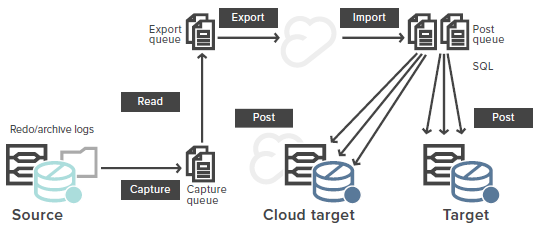
Synchronous vs. Asynchronous Replication
Data replication can be either synchronous or asynchronous.
- Synchronous Replication: In this method, data from multiple locations is kept synchronized at all times. A change is not considered complete until it is updated on both the source and target. This setup requires more resources and can create performance bottlenecks, as it involves a “two-phase commit” situation. The data is only considered available once it is updated in all locations, which can slow down online transaction processing or other time-sensitive systems. The physical distance between systems can also pose challenges, as data transfer is limited by the speed of light. Synchronous replication is typically used when the consequences of unsynchronized or lost data outweigh the associated costs.
- Asynchronous Replication: Here, changes to the source and target are independent, and updates to the target may be delayed. Once data is written to the source, it’s generally considered secure, and a short lag between the source and target is acceptable. With modern optimized software and hardware, the delays in asynchronous replication are usually tolerable.
Why is Data Replication Important?
Data replication enables your organization to use databases simultaneously in multiple locations. Here’s how it can be advantageous in three key areas:
1. Analysis and Reporting
Data replication ensures nearly real-time data is available for analysis and reporting, preventing the issues of outdated information and database congestion.
- Instead of emailing static data files or allowing multiple analysts to query the production database directly, replication provides a more efficient solution. Analysts can work with up-to-date data without overloading the production system, which remains dedicated to handling customer transactions.
2. Upgrades and Migrations
Replication is crucial for maintaining business continuity during upgrades or migrations.
- Instead of relying on backups and restores, which can lead to downtime and data synchronization issues, replication keeps an accurate, real-time copy of the production data. This allows IT administrators to upgrade or migrate databases without disrupting user access. Once testing is complete, users can be confidently switched over to the new environment.
3. High Availability and Disaster Recovery
High availability and disaster recovery are essential for minimizing unscheduled downtime and ensuring data integrity.
- Native high-availability tools often come with limitations and single points of failure. Replication, however, provides true high availability by maintaining real-time database replicas that can immediately take over in case of a failure. This ensures that production data remains accessible, and applications don’t lose transactions during maintenance or unexpected outages. Additionally, replication can use the same target database for both high availability and disaster recovery, enhancing overall resilience.
4. Translating Transactions into Events
Replication can turn transactional data into real-time events, integrating with streaming services like Kafka or Azure Event Hub.
- This capability allows businesses to act on real-time data, such as updating customers on their transactions or initiating immediate machine servicing based on operational data.
Conclusion
Data replication technology is essential for modern businesses, providing robust solutions for analysis, reporting, upgrades, migrations, high availability, and disaster recovery. By keeping data synchronized across multiple locations, replication ensures that your organization can operate efficiently and respond to real-time events, maintaining both business continuity and competitive advantage.
Source: https://blog.quest.com/data-replication-what-is-it-and-what-are-the-advantages-of-using-it/
About DT Asia
DT Asia began in 2007 with a clear mission to build the market entry for various pioneering IT security solutions from the US, Europe and Israel.
Today, DT Asia is a regional, value-added distributor of cybersecurity solutions providing cutting-edge technologies to key government organisations and top private sector clients including global banks and Fortune 500 companies. We have offices and partners around the Asia Pacific to better understand the markets and deliver localised solutions.

